Roots, exploration, excellence: The legacy of pioneering artist JMS Mani

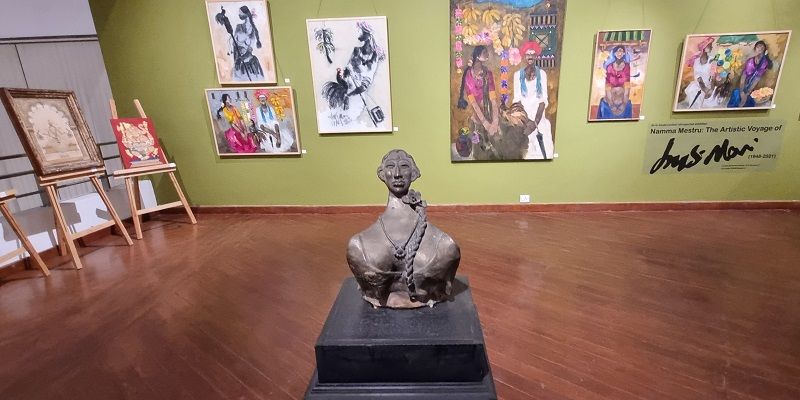
The works of Karnataka artist Jaati Muniswamy Subramani (1949-2021) have been featured in exhibitions at MKF Museum of Art and the National Gallery of Modern Art (NGMA) in Bengaluru. Known as JMS Mani, he is widely respected as a talented, influential and pioneering artist and educator.
The earlier exhibition in 2021 was curated by artist Shirley Mathew, while the second one was held this year at NGMA, titled Namma Mestru: The Artistic Voyage of JMS Mani. See our previous coverage of exhibitions at NGMA here.
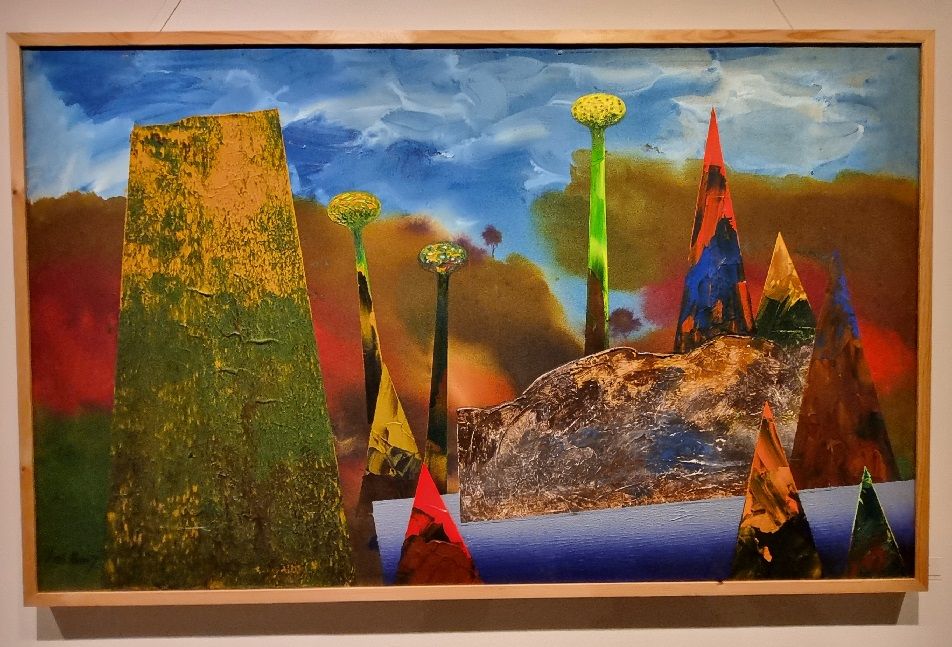
.thumbnailWrapper{
width:6.62rem !important;
}
.alsoReadTitleImage{
min-width: 81px !important;
min-height: 81px !important;
}
.alsoReadMainTitleText{
font-size: 14px !important;
line-height: 20px !important;
}
.alsoReadHeadText{
font-size: 24px !important;
line-height: 20px !important;
}
}

“I had the great privilege of curating the show of JMS Mani, my dear friend of 23 years, at the MKF Museum of Art in the year 2021. I never thought he would pass away just three months after that, leaving a big void that is felt in the art world,” Mathew tells YourStory.
Mani was a very prolific artist, who was known to experiment with different mediums and surfaces. “I believe the popular Badami Series was his ‘cash cow’ on demand from galleries,” she explains.
“His inspiring works were very spontaneous, and his renditions would exude a high level of energy. Galleries and important patrons of art in India and abroad supported him,” Mathew adds.
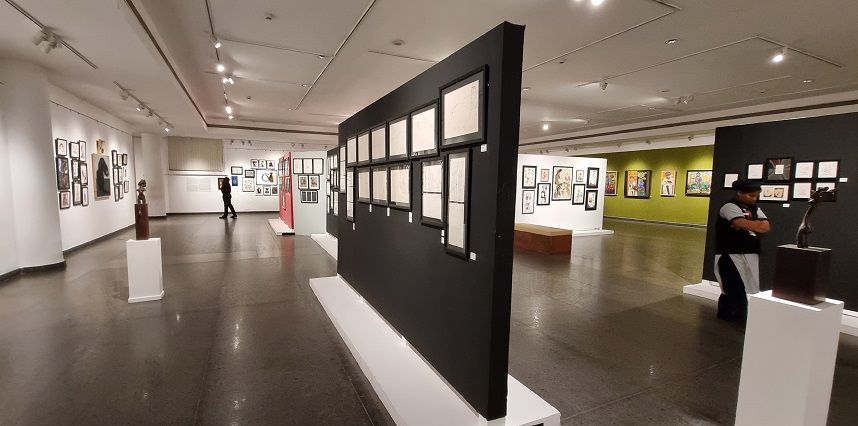
.thumbnailWrapper{
width:6.62rem !important;
}
.alsoReadTitleImage{
min-width: 81px !important;
min-height: 81px !important;
}
.alsoReadMainTitleText{
font-size: 14px !important;
line-height: 20px !important;
}
.alsoReadHeadText{
font-size: 24px !important;
line-height: 20px !important;
}
}

The exhibition at NGMA was inaugurated by PS Kumar, President, Karnataka Lalitha Kala Academy, and senior artists SG Vasudev, C Chandrasekhar, KV Subramanyam, and G Reddy. The guest of honour was Shrimati Rani S, wife of the late JMS Mani.
Mani’s works span abstraction, graphics, etching, and printmaking. They cover decades of a journey of exploration, experimentation and refinement. His style reflects a fusion of Indian and Western art practices, while also being grounded in Indian themes and styles.
Born in Bengaluru in 1949, he completed a diploma in drawing and painting from the Ken School of Art. He later became its principal until his retirement in 2007. Mani also developed a strong bond with the school’s founder, RM Hadapad, who became a major influencer in his artworks.

.thumbnailWrapper{
width:6.62rem !important;
}
.alsoReadTitleImage{
min-width: 81px !important;
min-height: 81px !important;
}
.alsoReadMainTitleText{
font-size: 14px !important;
line-height: 20px !important;
}
.alsoReadHeadText{
font-size: 24px !important;
line-height: 20px !important;
}
}

Mani was bestowed the Karnataka State Award in 2006 and was a three-time winner of the prestigious Karnataka Lalit Kala Akademi Award. His works have been displayed at shows across India and in Singapore, New York, and London.
He participated in several art camps as well. His artworks are part of many important private and public collections in India and abroad.
The exhibition at NGMA, featuring over 900 of his artworks, was curated by YU Darshan Kumar and R Amrutha. As shown in this photo essay, they span a wide range of styles and pedagogies. Mani was adept at watercolour, mixed media, printmaking, and sculpture.
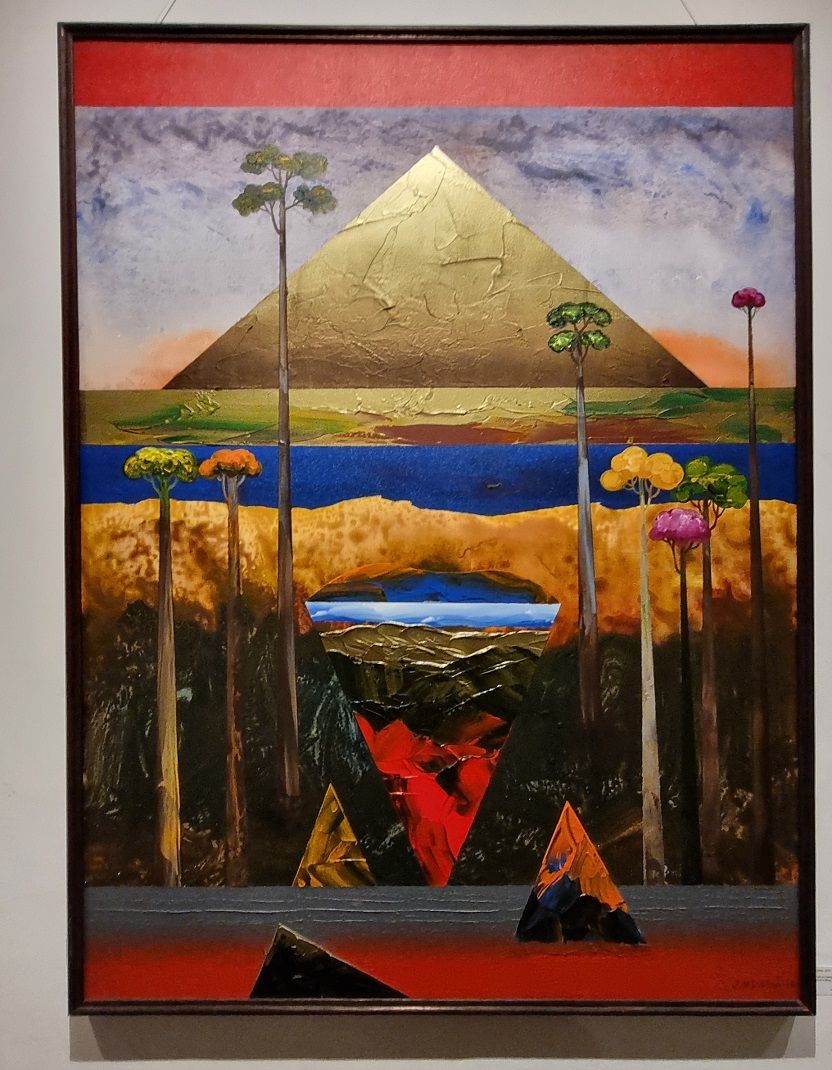
.thumbnailWrapper{
width:6.62rem !important;
}
.alsoReadTitleImage{
min-width: 81px !important;
min-height: 81px !important;
}
.alsoReadMainTitleText{
font-size: 14px !important;
line-height: 20px !important;
}
.alsoReadHeadText{
font-size: 24px !important;
line-height: 20px !important;
}
}

His widely popular Badami Series depicts everyday life in rural South India. In vibrant colours, he features flower sellers and fruit vendors, and portrays local scenes and the simplicity of farming communities. Other works in abstract style depict formations such as mountains and monuments.
“Visitors to the MKF Museum exhibition were amazed at Mani’s ability and the subjects he chose. His etchings were that of a master craftsman, his abstracts being intense and esoteric, while his skill at reverse glass paintings left the viewer spellbound,” Mathew recalls.
“Those who had the good fortune of seeing that show would ask Mani questions on the process of creating, which he gladly answered,” she adds.
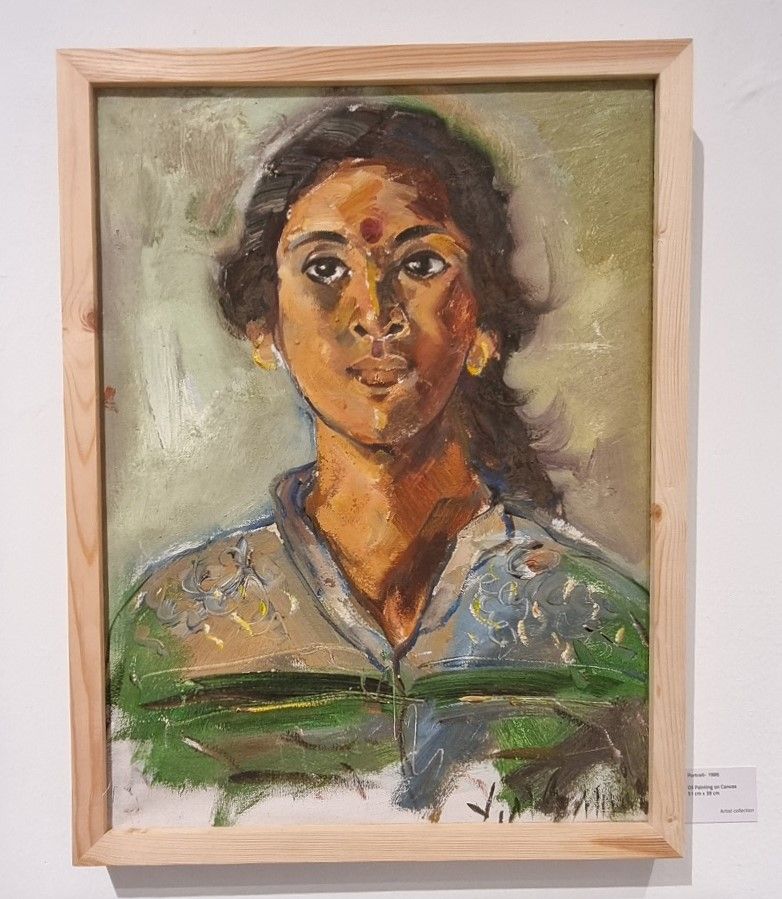
.thumbnailWrapper{
width:6.62rem !important;
}
.alsoReadTitleImage{
min-width: 81px !important;
min-height: 81px !important;
}
.alsoReadMainTitleText{
font-size: 14px !important;
line-height: 20px !important;
}
.alsoReadHeadText{
font-size: 24px !important;
line-height: 20px !important;
}
}

She also offers tips for aspiring artists. “Art should not be created as a gimmick to draw attention for sales. A true artist should paint with passion and intention that has soul,” she advises.
“I feel blessed to have spent time with Mani during the exhibition, as he would share all his experiences and advice on art-related matters. JMS Mani has truly left behind a huge legacy,” Mathew signs off.
Now, what have you done today to pause in your busy schedule and harness your creative side for a better world?
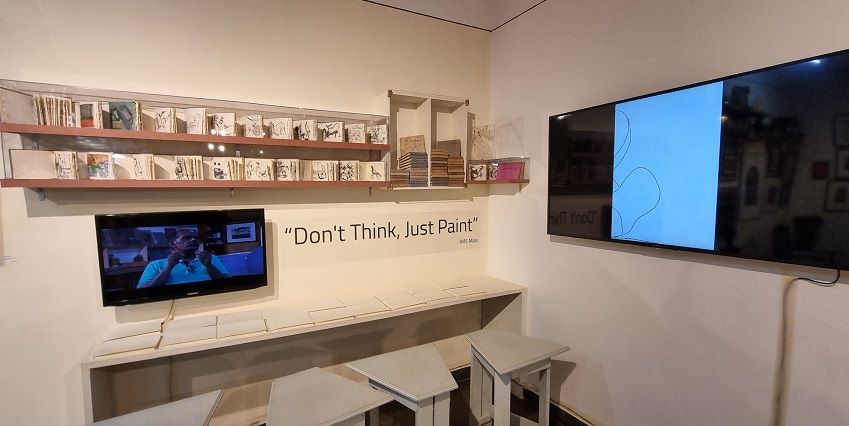
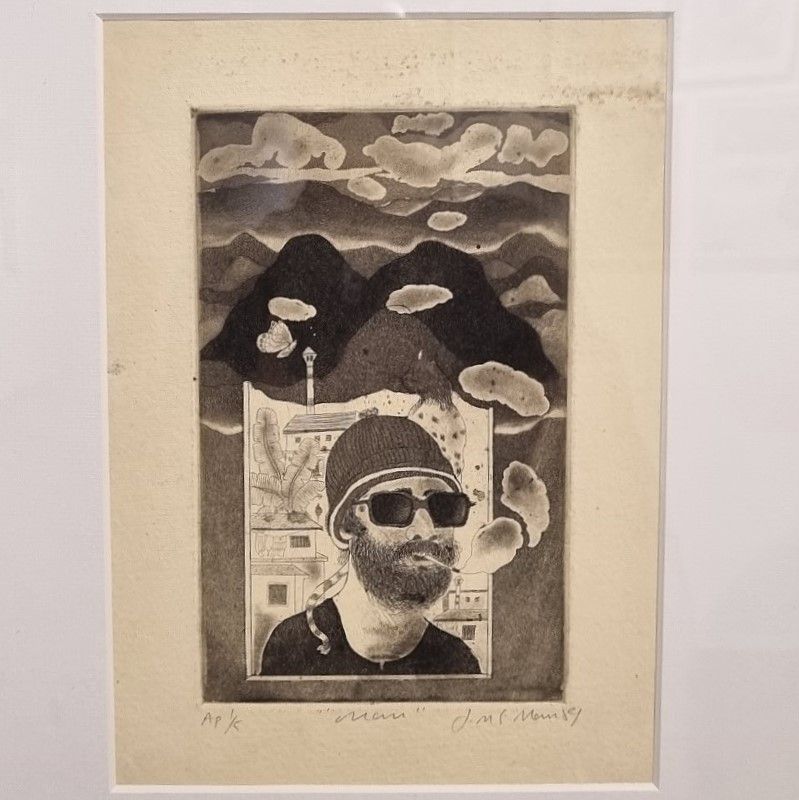
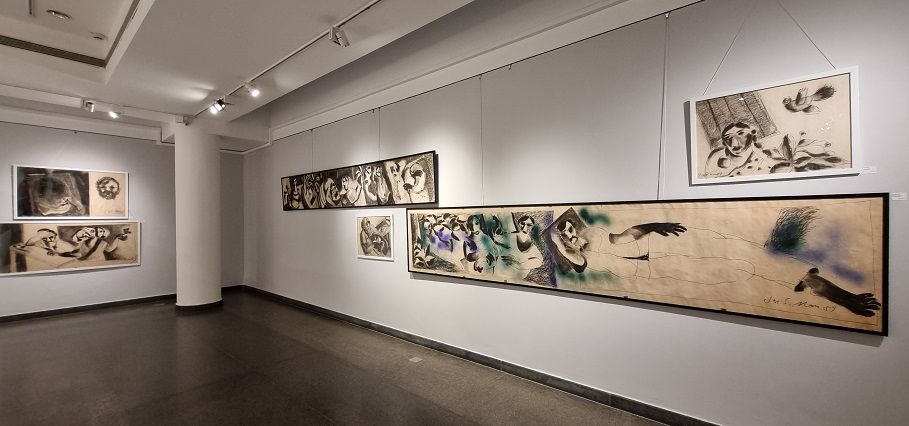
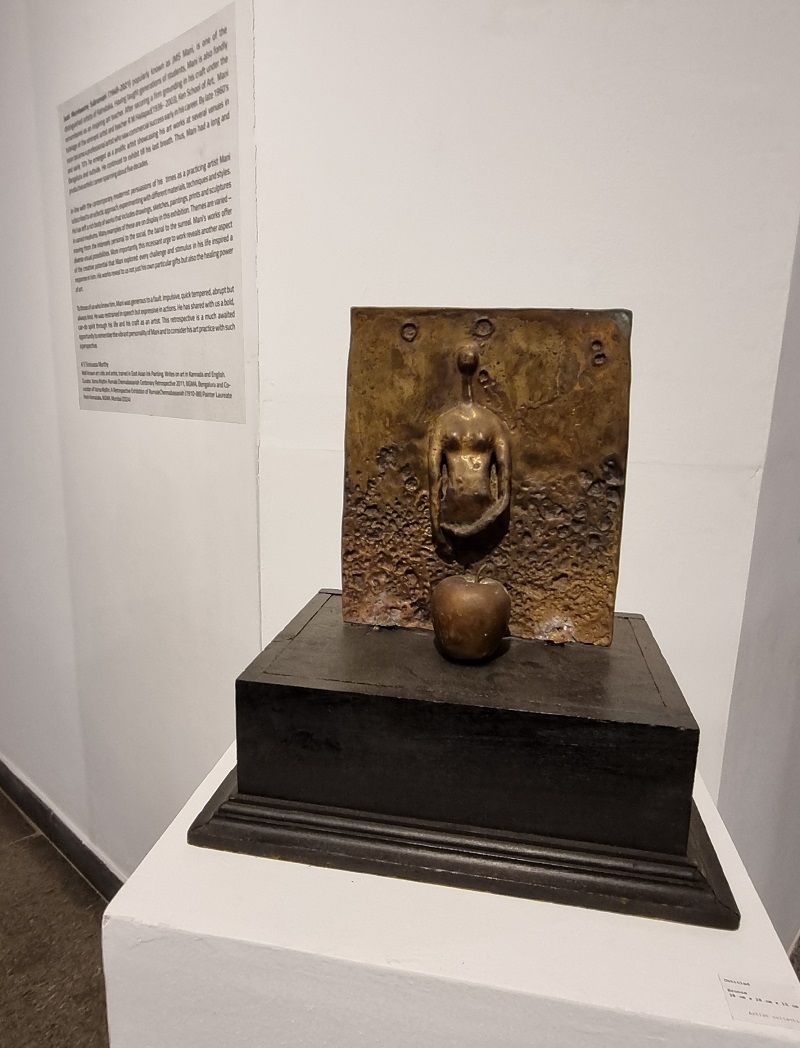
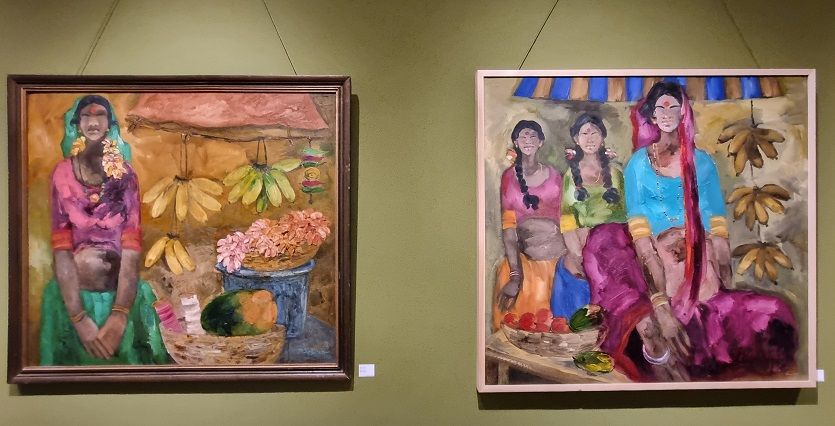
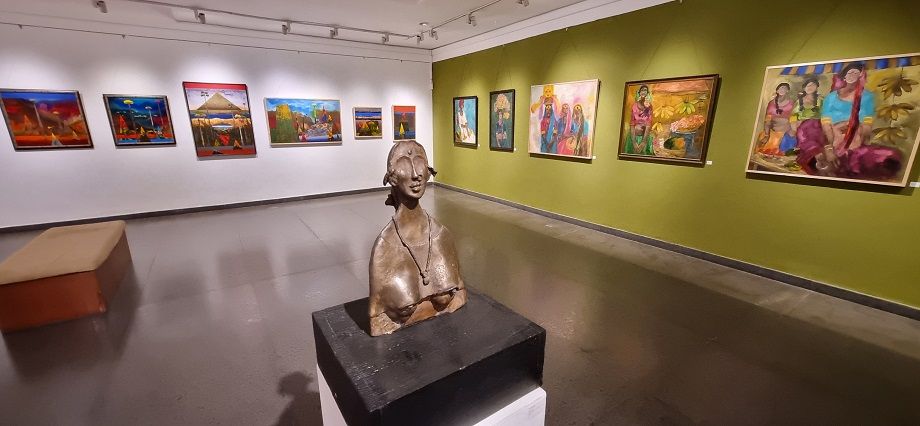
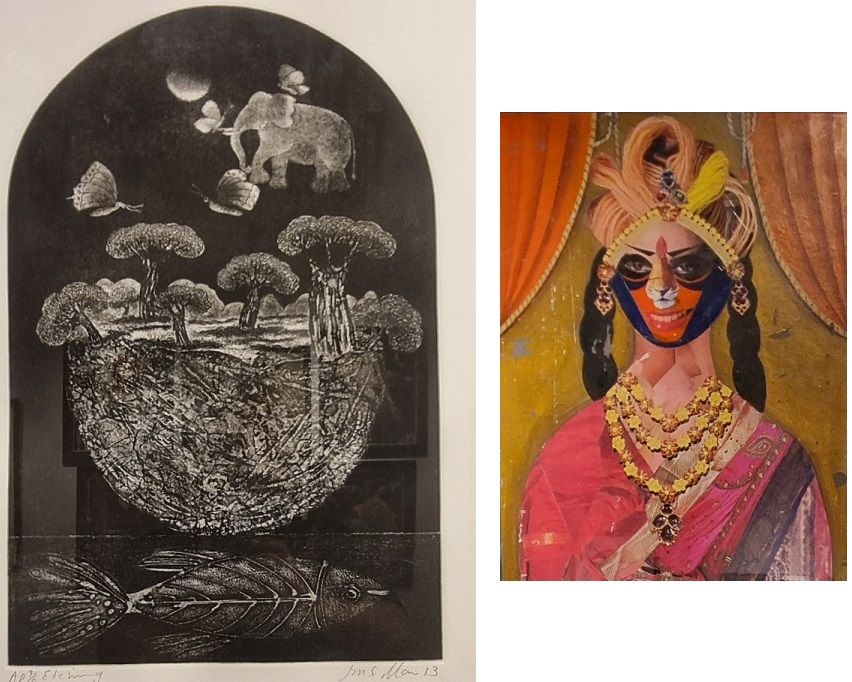
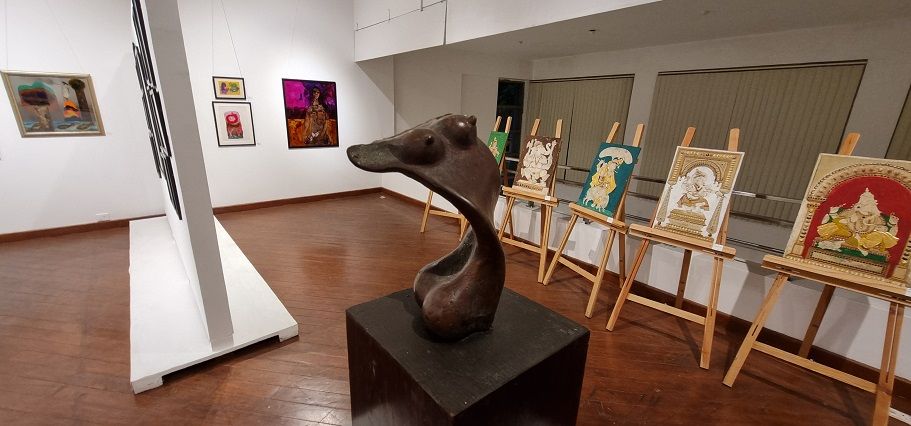
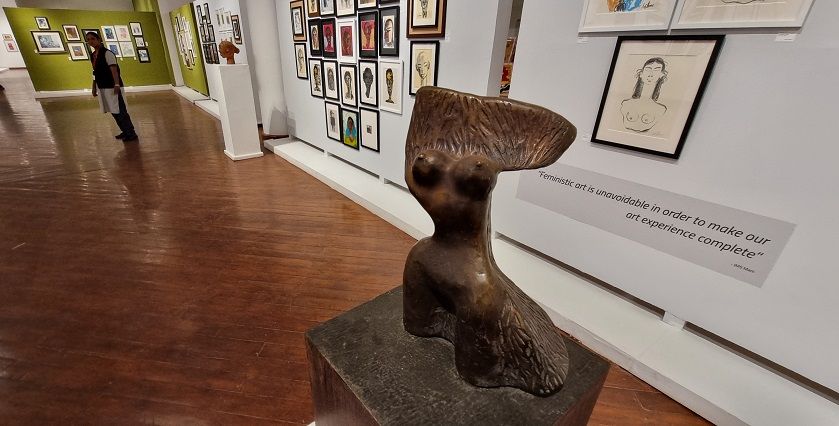
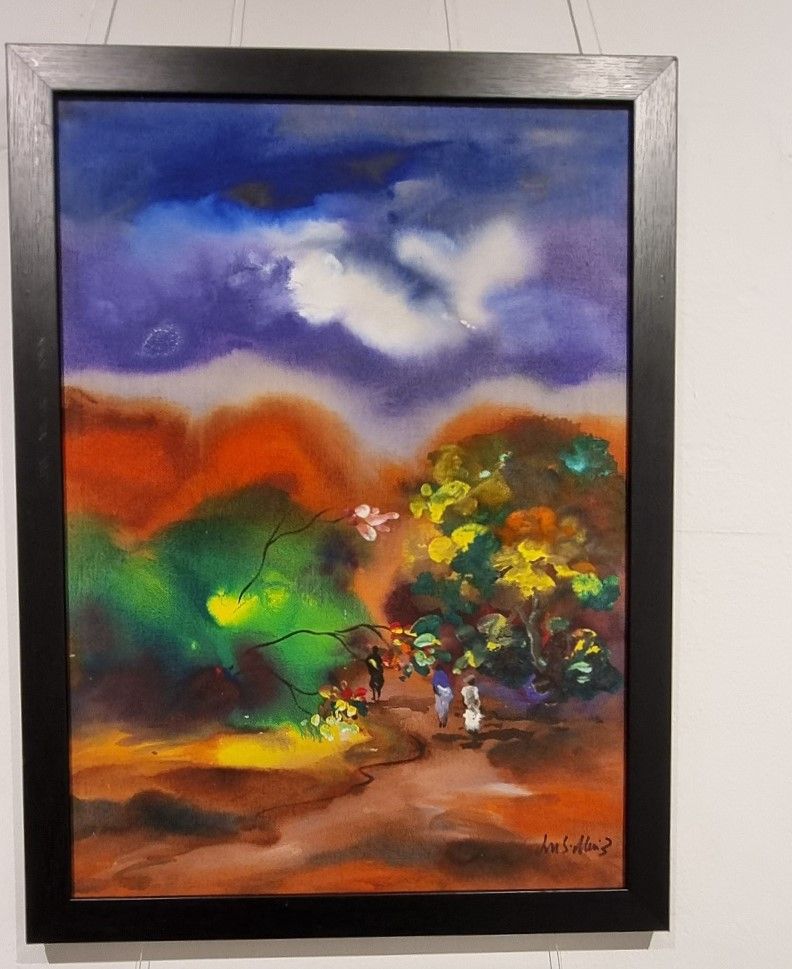
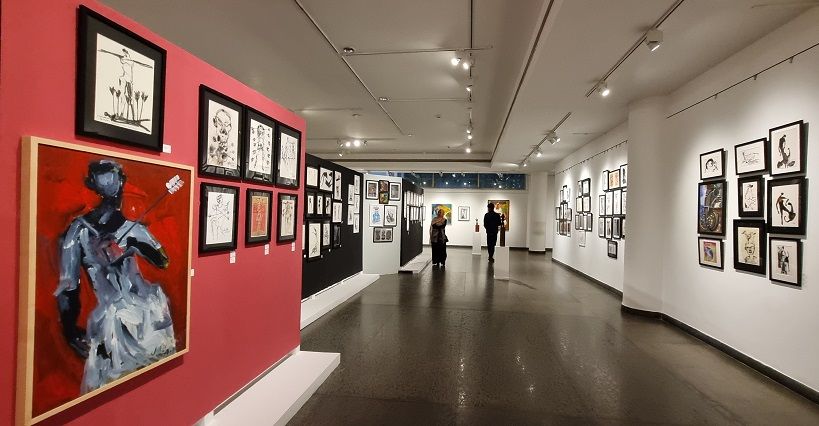
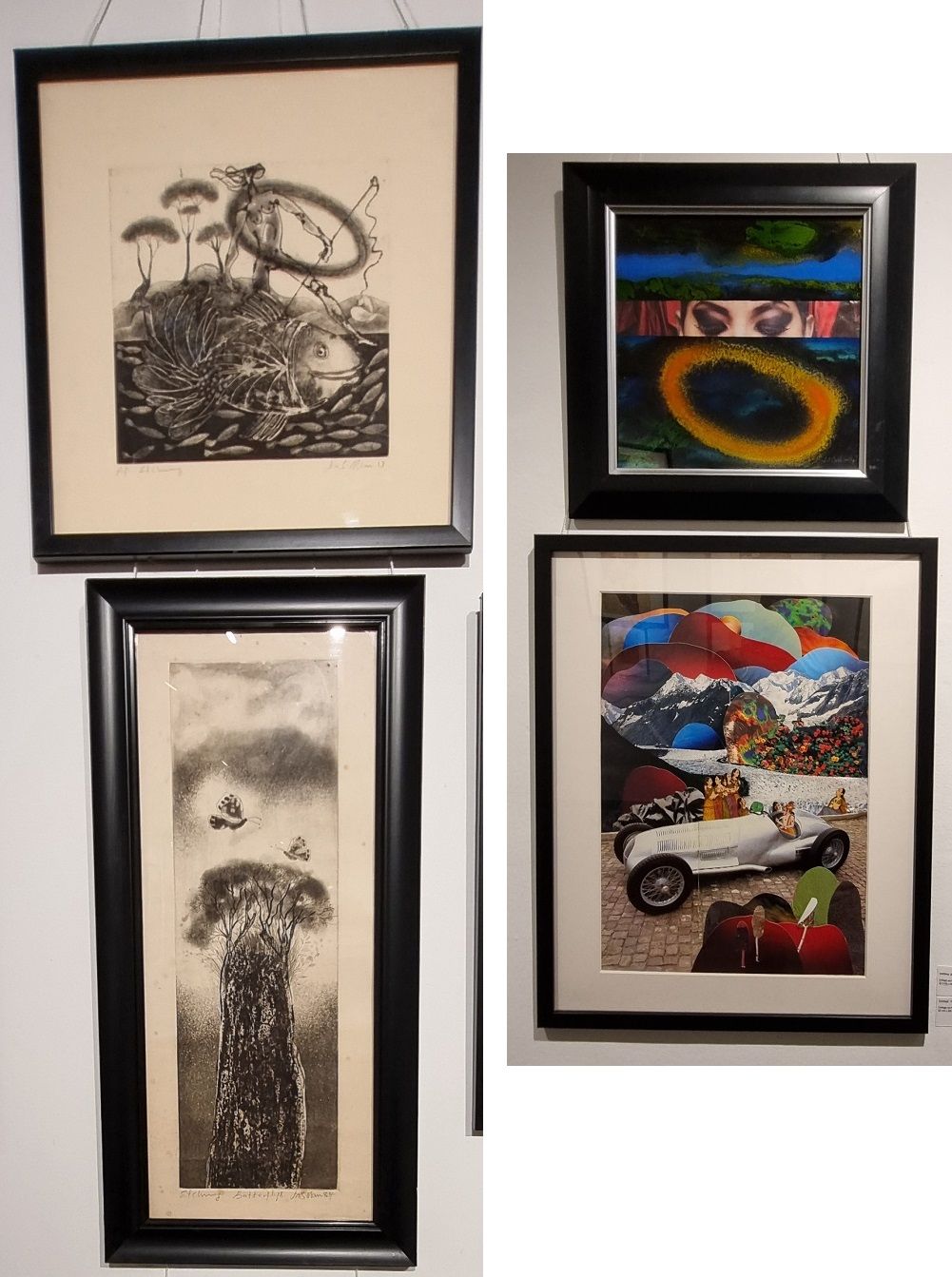
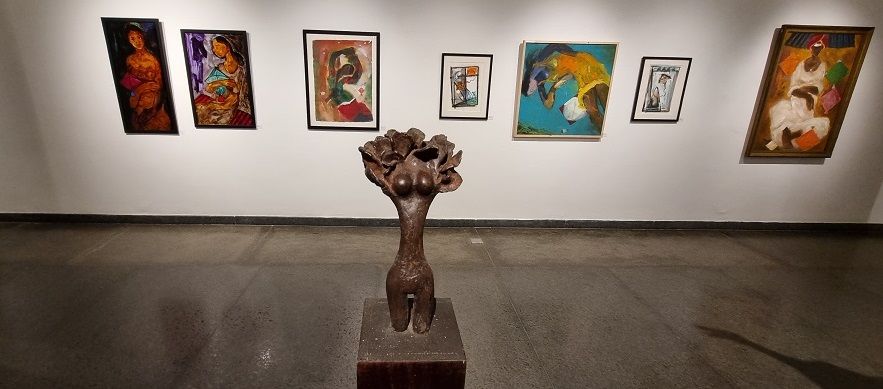
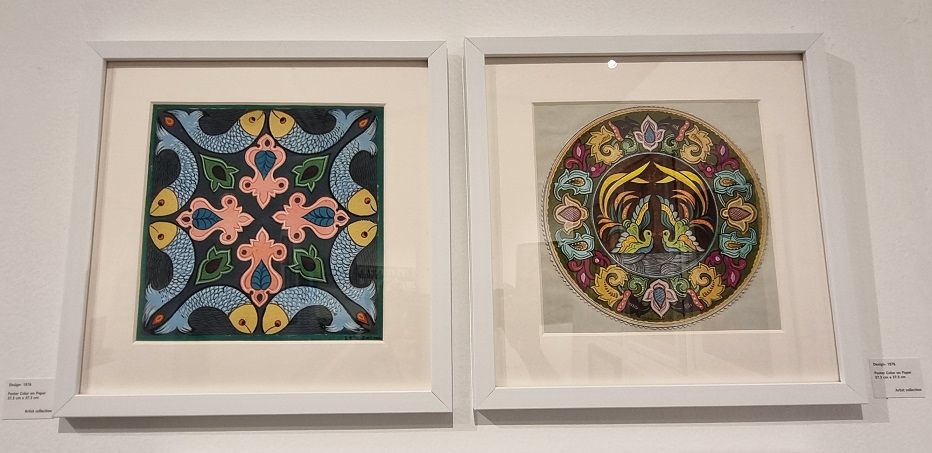
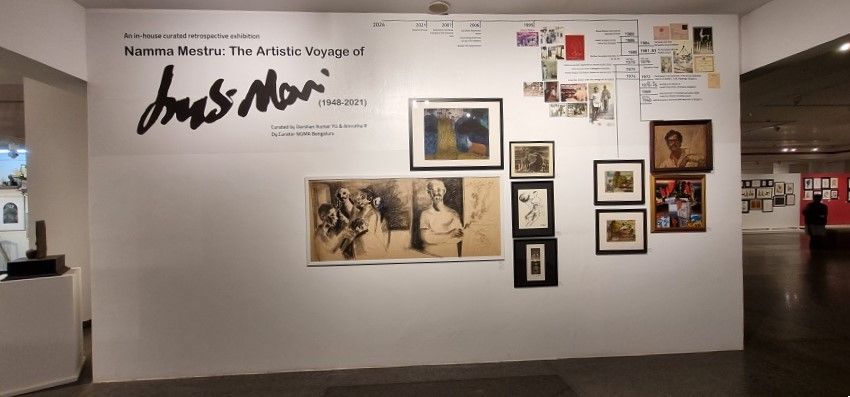
(All exhibition photographs taken by Madanmohan Rao on location at NGMA.)
Discover more from News Hub
Subscribe to get the latest posts sent to your email.






